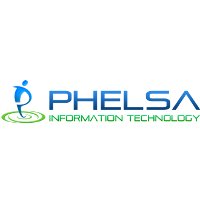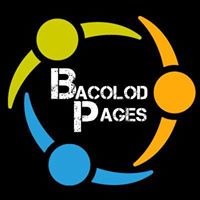Computational Thinking
As COVID-19 is spreading around the world, the question is, when will our city/province/country have its peak. We all follow the news and updates continuously. To limit travel and possible exposure we hereby as a precaution suspend the stardust sessions, the summer classes and the regular classes till further notice. We do our best to be as informed as possible on the corona virus outbreak. In the meantime we use our time to improve our courses and create new ones.
If you have any questions, please contact us.
Sarah Blaauw
Kicaco.com
Besides having fun during the "Kids can Code" Summer Workshop and creating Animations, Interactive stories and Games, pupils will learn about the principals of Computational Thinking.
COMPUTATIONAL THINKING
The definition of computational thinking involves three key dimensions: (1) knowing certain computational concepts, (2) being able to employ those concepts using computational practices, and (3) developing new computational perspectives, an awareness of self, others, and world.
COMPUTATIONAL CONCEPTS
As young people design interactive media with Scratch, they engage with a set of computational concepts that are common in many programming languages. We can identify concepts, which are highly useful in a wide range of Scratch projects, and which transfer to other programming (and non-programming) contexts:
| Concept | Description |
|---|---|
| sequence | identifying a series of ordered steps for a task |
| loops | running the same sequence multiple times |
| parallelism | making things happen at the same time |
| events | one thing causing another thing to happen |
| conditionals | making decisions based on conditions |
| operators | support for mathematical and logical expressions |
| data storing | storing, retrieving and modification of data |
| synchronization | passage and receipt of messages between application scripts |
| design | development of user-friendly and intuitive layouts |
COMPUTATIONAL PRACTICES
The processes of construction and the design practices kids engage in while creating their projects. Four main sets of practices:
| Practice | Description |
|---|---|
| experimenting and iterating | developing a little bit, then trying it out, then developing more |
| testing and debugging | making sure things work – the identification, location, and elimination of programming errors, or bugs |
| reusing and remixing | making something by building on existing projects or ideas |
| abstracting and modularizing | exploring connections between the whole and the parts |
COMPUTATIONAL PERSPECTIVES
What perspective do we give young designer? How do they look at themselves when the master the computational concepts and computational pratices?
| Perspective | Description |
|---|---|
| expressing | They realize that mastering the computational concepts and practices gives them the ability of creation “I can create.” |
| connecting | They recognizing the power of creating with and for others “I can do different things when I have access to others.” |
| questioning | feeling empowered to ask questions about the world “I can (use computation to) ask questions to make sense of (computational things in) the world.” |
credits: http://scratched.gse.harvard.edu
Growing creators
Growing creators (part 1 - The steps of learning)
Growing creators (part 2 - The tools to reinforce learning)


